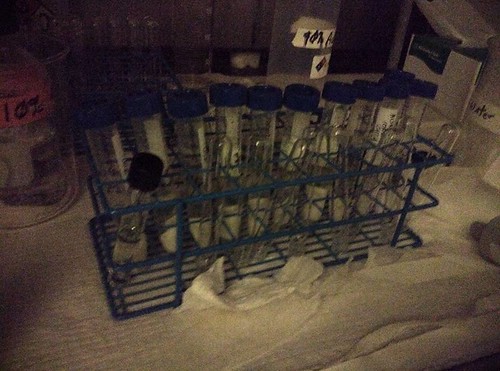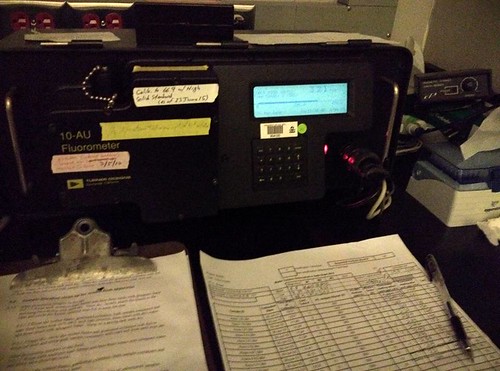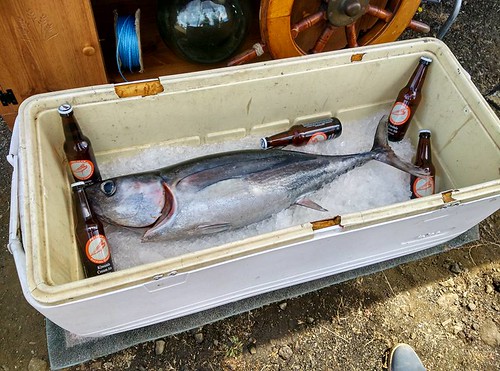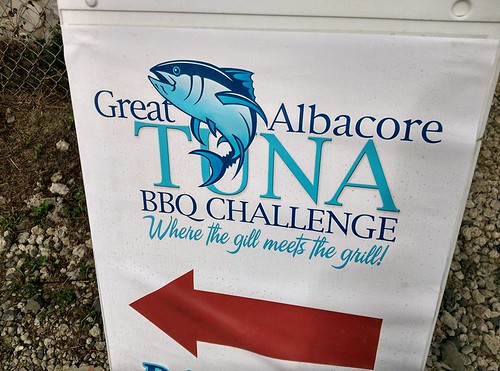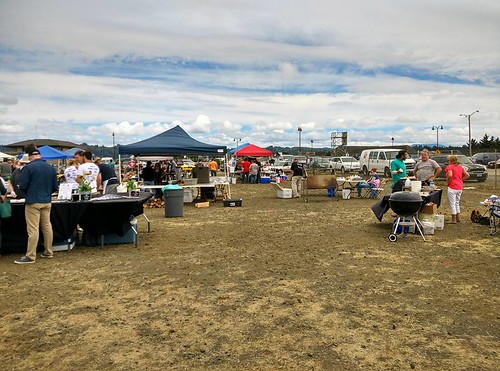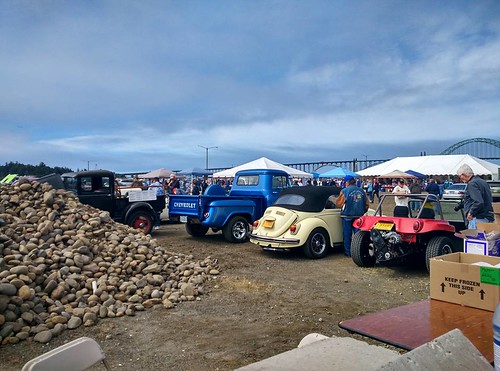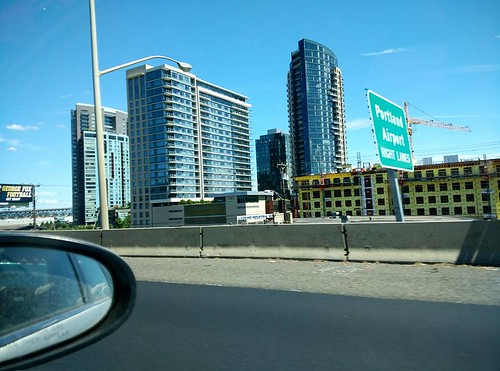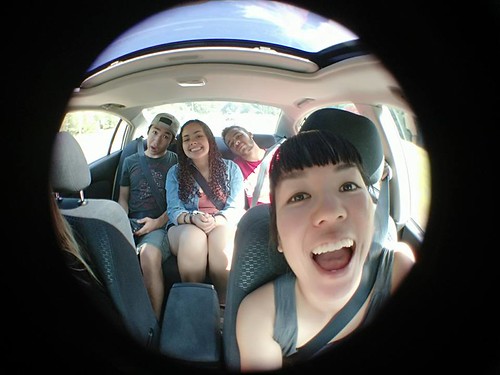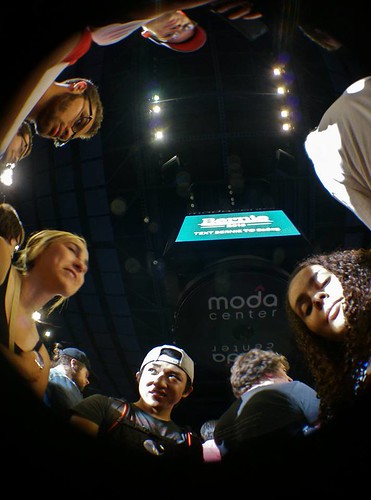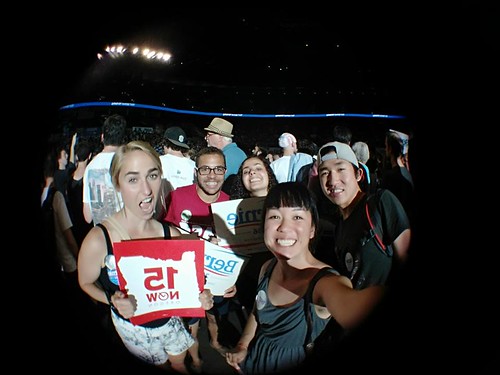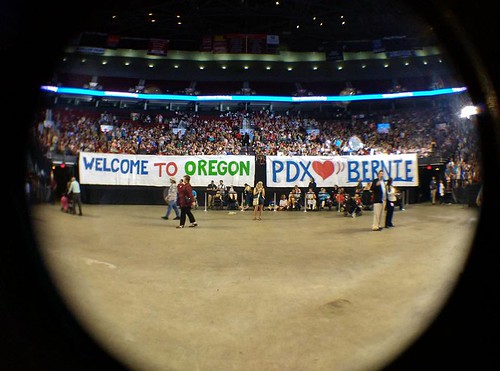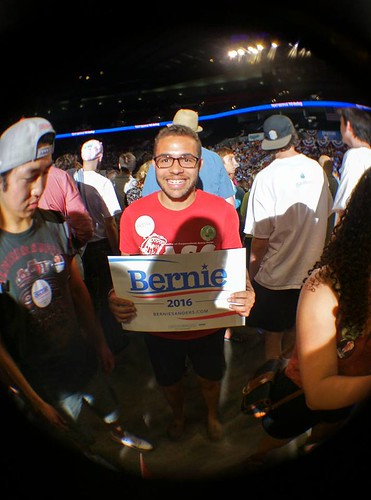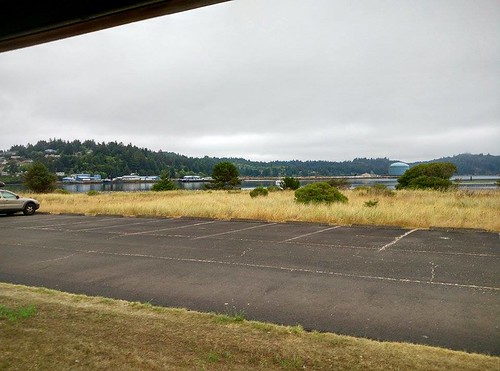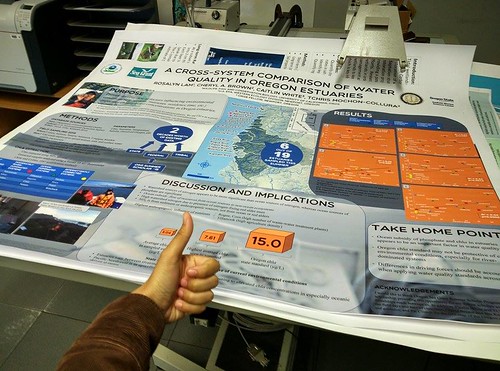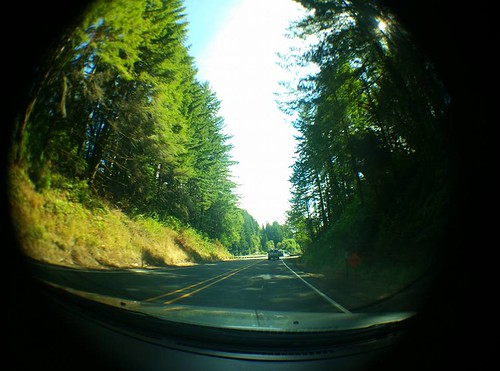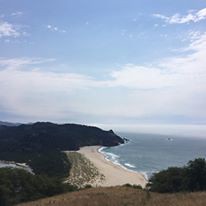Hello World! I am the new Sea Grant Malouf Scholar (Kai) and it is past due time for me to post to the blog. I have been delaying posting due to a whirlwind of ideas as to how I could build a case that would make my research accessible and make sense. My overall project and interests revolve around trying to understand how estuary systems change as a result of climate change. As a bit of a motivation for the problem, the following picture is of Netarts bay along our coast of Oregon.
First of all, beautiful. The coast of Oregon is absolutely epic and everyone should at some point take a trip to soak it in. Second of all, physically there is so much going on in this picture that I could easily talk about it all day. Estuary systems are incredibly complex as they are the meeting point of a variety of environments (land, sea, atmosphere, stream, etc.). The middle of the ocean is nice because it’s just water. Well water and a massive swirling chaos machine know as the atmosphere all of which is spinning on a sphere which makes things appear to curve (the coriollis force). And a massive conveyor belt of currents caused by various temperature and density gradients:
Perpetual Ocean: https://svs.gsfc.nasa.gov/cgi-bin/details.cgi?aid=3827
So maybe not that nice……. But still better than the coast where you have interaction with land and all the complexities that it brings. In the Netarts picture we see a huge spit (the sandy looking peninsula) has been built as a result of waves slowly, grain by grain pushing sediment for years and years. This in turns modifies the waves (as seen by the odd breaking pattern in there shoals off the tip of the spit). Estuaries also have streamflow coming into the system making density variations and season freshwater influxes a factor. And thats just a taste of the problem. Overall the situation is a mess which is why the geophysics of estuaries is relatively understudied and not particularly well understood.
So my research is trying to work out what drives estuaries but then with the icing on the top: climate change and how it will effect the system. Science assemble!!!!!!!!!
So hopefully over the year I will break down how one goes about approaching this problem. First up…. Waves!




